As a busy teacher/advocate, I am careful to whom I rent space in my head, meaning, I don’t perseverate about things outside my control as much as I did as a newer teacher. Angry parents don’t phase me anymore. Administrative hoops can generally be navigated with ease. I’ve (mostly) learned not the read the comments on social media posts. I advocate when my voice is needed, which is why I cannot stay quiet about the bond and override elections 26 Arizona school districts are enduring right now. That’s 77% of voters in Maricopa County with over 1 billion dollars at stake.
Arizona school funding is so complicated that perhaps 1-2 people in our entire state fully understand it. I had the honor to work with both on Governor Ducey’s now-defunct Classrooms First Council, charged in 2015 with developing a modernized state funding formula. Coming from Illinois, it was a big learning curve to wrap my head around the intricacies of Arizona school funding. Let’s just start with bonds and overrides, the most pressing issues at the moment.
For starters, some districts are asking to sell bonds, which pay for projects like school safety renovations or technology upgrades. Arizona legislature requires by law that capital bond expenditures go to a vote. Most other states do not require a vote for these expenditures, which is why it often feels to the public that Arizona school districts are always asking for money. Well, we are required by law to do so!
Other districts are seeking voter approval of overrides. Arizona law requires expenditures of more than 15% over basic state-level funding (overrides) to be put to a local vote. There are two kinds of overrides. Additional assistance overrides help fund things like books, technology, and building repairs. Maintenance and operations overrides are for teacher salaries and programs like all-day kindergarten and the arts. Once that basic 15% additional funding is approved by voters, Arizona law requires voters to renew or reject continued funding at least every 7 years, which complicates matters with public perception. To add to voter confusion, overrides are in place for 7 years but must be phased out if they are not renewed by voters beginning after the 4th year. Let’s face it – basic state funding is minimal, at best. Most districts need more than the basic state-level funding, especially to compete with the proliferous charter schools (who receive more state funds).
Some districts, like mine, are going out for both a bond and override.
Some may say this is democracy at its finest. No need to involve squabbling, partisan lawmakers with their own agendas; let local communities make decisions for local districts. I disagree.
In nations with successful school systems, communities rally behind schools, they do not compete for resources or space. Successful communities work together for a common goal – educating the children of the community. That sentiment feels like a lost cause in Arizona right now with the craze of school choice. In addition to voter fatigue prevalent in our country right now, voters are looking to false data (high-stakes testing achievement scores) as a reliable information source. The voices behind the “vote no” contingent in my community declare that they feel no need to invest in our schools because they see no value in that investment. I cannot convince them otherwise, but I can state that the potential disinvestment is huge and will cost us much in our future. Data show that when schools lose funding, over time property values, business growth, and public safety decrease, while incarceration rates and crime increase.
I worked in my district when we lost an override election in 2014. We had to make $6 million cuts in the first year (with a planned additional $6 million in cuts over each of the next 2 years). I was there when some of the more than 140 staff members were given pink slips. It was heartbreaking to see some of the most dedicated and incredible teachers I knew lose their jobs. Many never returned to our district and some left teaching entirely. Full-day kindergarten was cut. Those students, now 4th graders, are still struggling to make up the academic and social difference they lost. It would be a disaster for students to shoulder these cuts again, but there is still hope.
What you can do-Long Term:
- Advocate for more equitable school funding laws. Diane Ravitch said, “When there’s a race, it goes to the swiftest and the strongest, not the weakest and the neediest.” But the weakest and neediest communities are often unable to rally voters or hurt by sales or property tax funding.
- Advocate for public money staying in public schools – and by that, I mean truly public schools that are held to the same transparent enrollment and budgeting laws. Every dollar that comes from the taxpayer for public schools should go to public schools, not investors, not private or religious schools and not CEOs.
What you can do – Short Term:
- Get educated. Learn where the money is going and what is at stake if voters vote no. Don’t keep the information to yourself.
- If you live in your district and your kids attend schools there, involve them in the effort. It’s important for them to articulate what’s at stake and learn how to make a difference. A real conversation in our car went like this…Me: Get your blue Vote Yes shirt ready for knocking on doors tomorrow! Daughter: Whaaaat? Why do I have to? (In her defense, it was 9:00 pm and we were driving home from the airport returning from a family trip). Her dad: Do you enjoy band, musical theater, and art at school? Daughter: (emphatically) YES! Both Parents: Then shouldn’t YOU knock on some doors and tell people why it matters? Daughter: Touché.
- Teaching is a life of standing for something. I will gladly stand up for my students, use the superpower of my Teacher Voice and knock on some doors in my school’s neighborhood, participate in text banking, and talk to my neighbors about what is at stake at my school and my district.
- If you haven’t gotten a ballot yet, the last day to request one is October 26th. The last day to safely mail in your ballot (this is an all-mail election in Maricopa County) is October 30th. Get your ballot off the counter and into the mailbox and make sure your friends, family, and neighbors do, too.
Good teachers are the antidote to all the other noise out there. Join your community or a community near you to get people to vote yes.

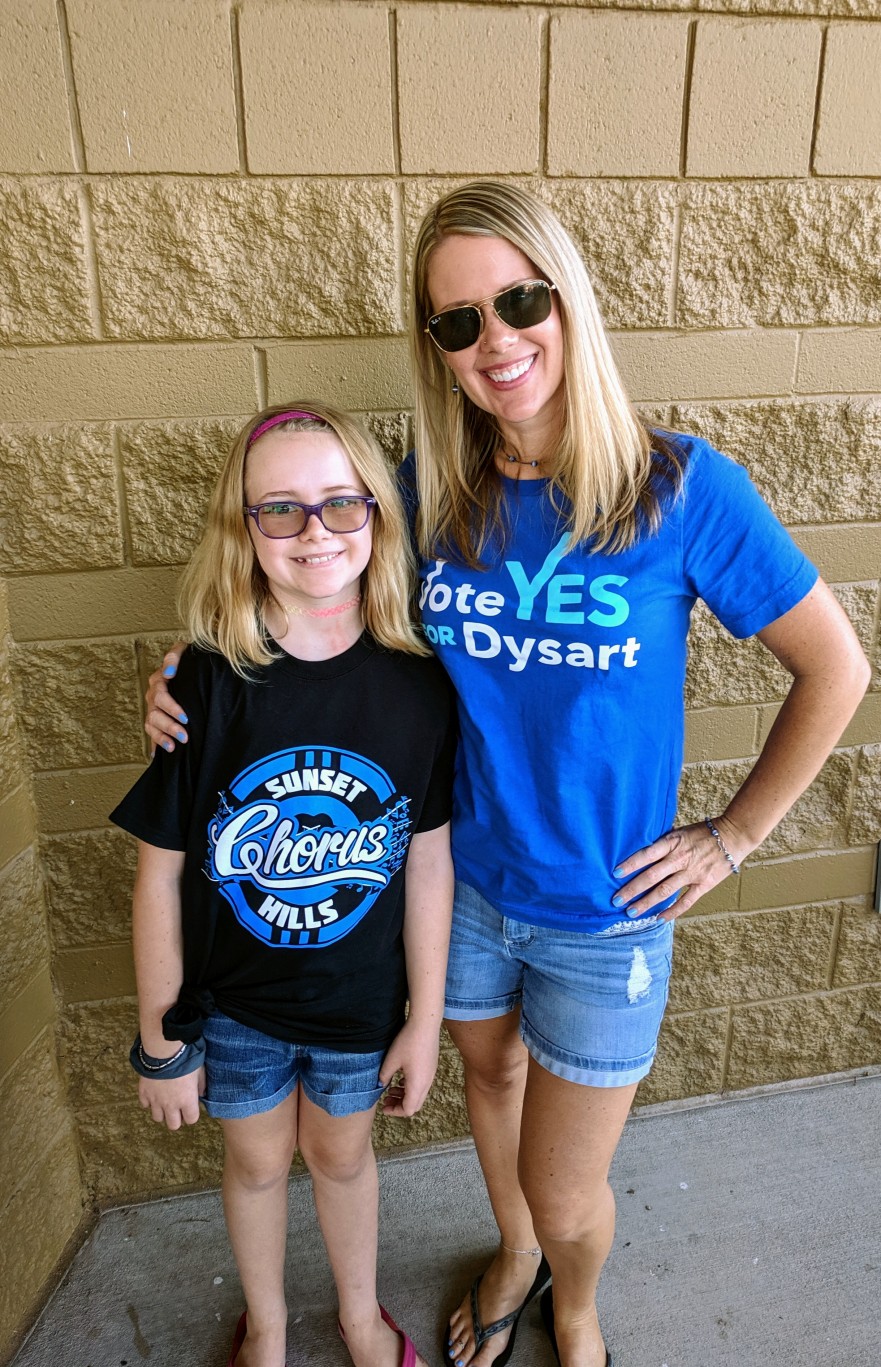




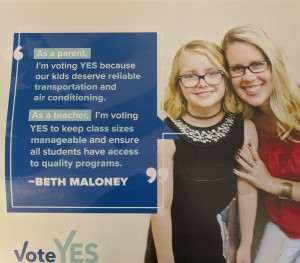
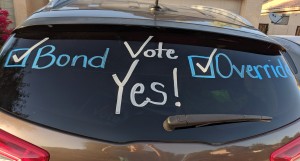
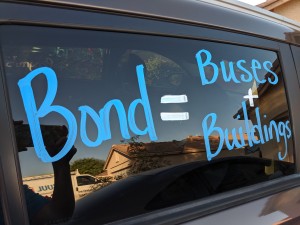
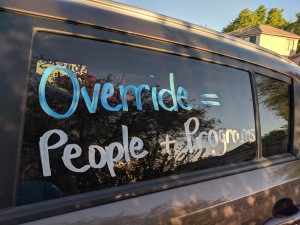
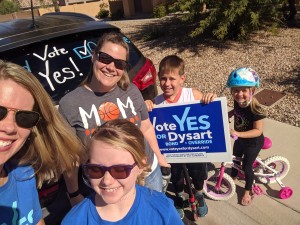

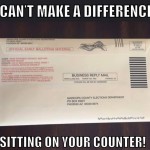


Comments 2
I love this blog Beth! We are on a constant battleground for public education in AZ. It’s exhausting-physically, mentally, and emotionally. Keep fighting the good fight, take breaks when needed, and get back in. We’re all in this together!
This is a very informative blog. I never realized how intricate school funding could be! Thank you for using your superpower to stand up for Arizona’s students!